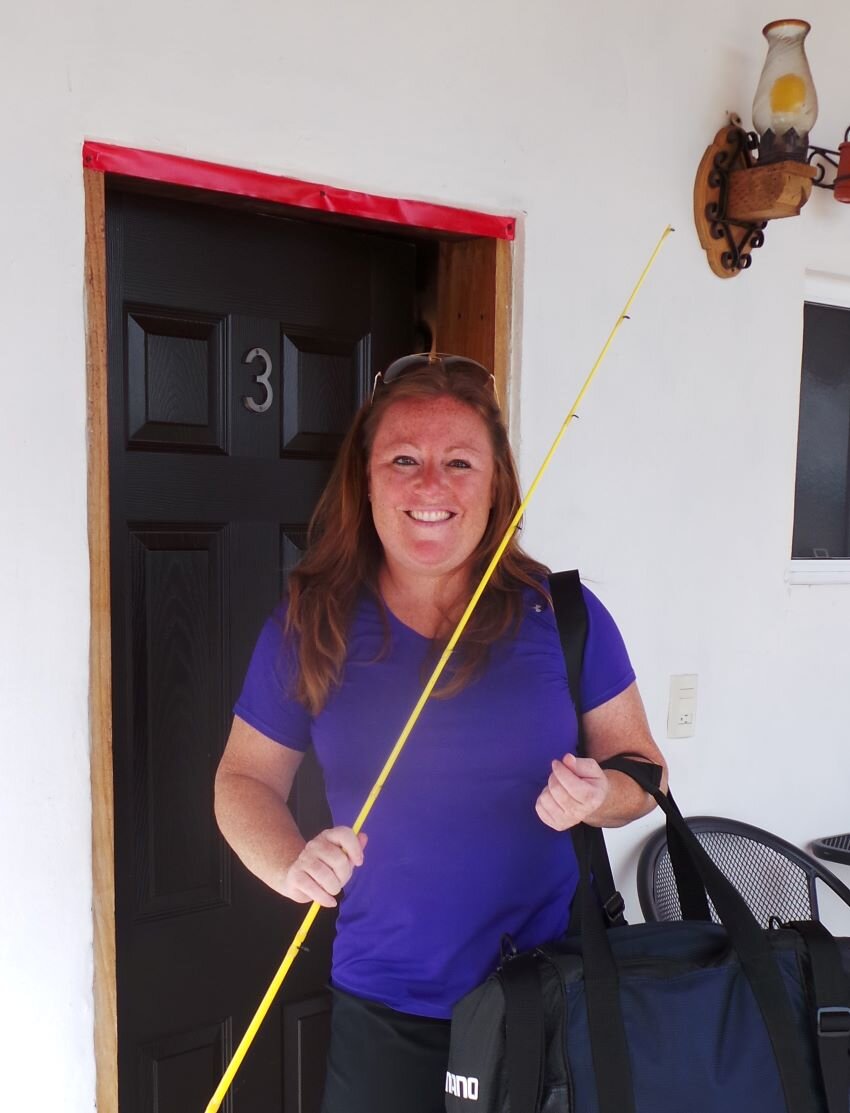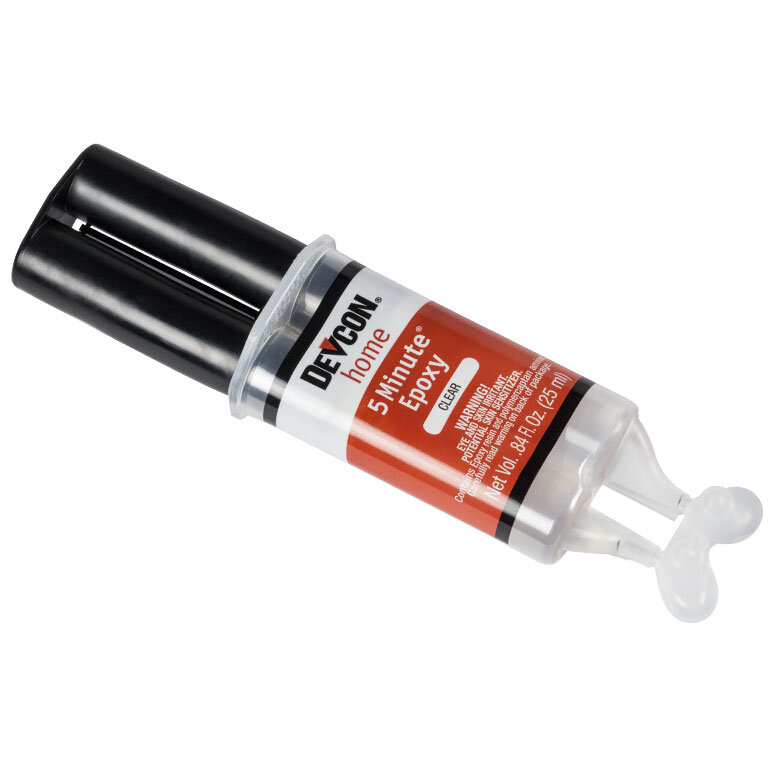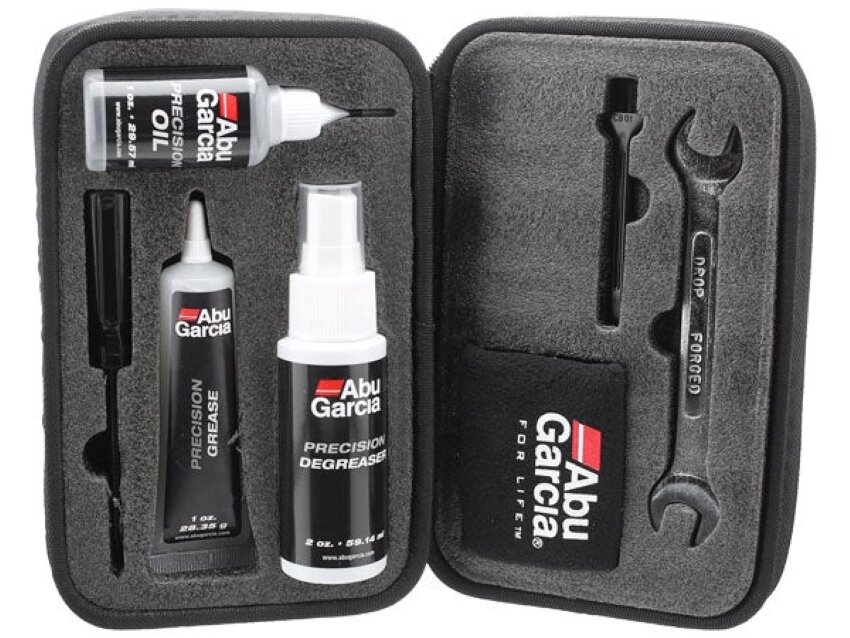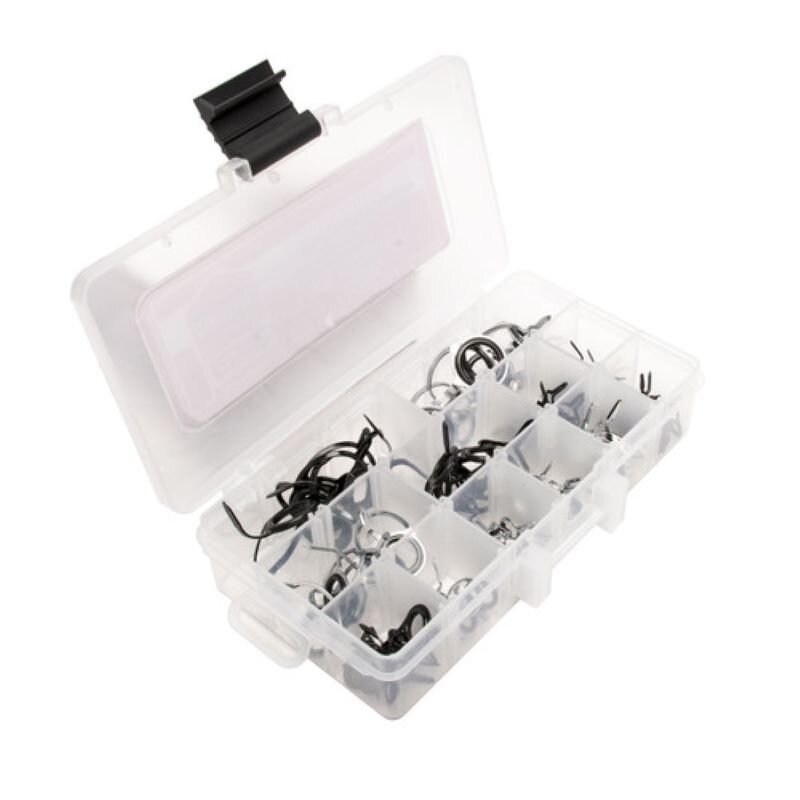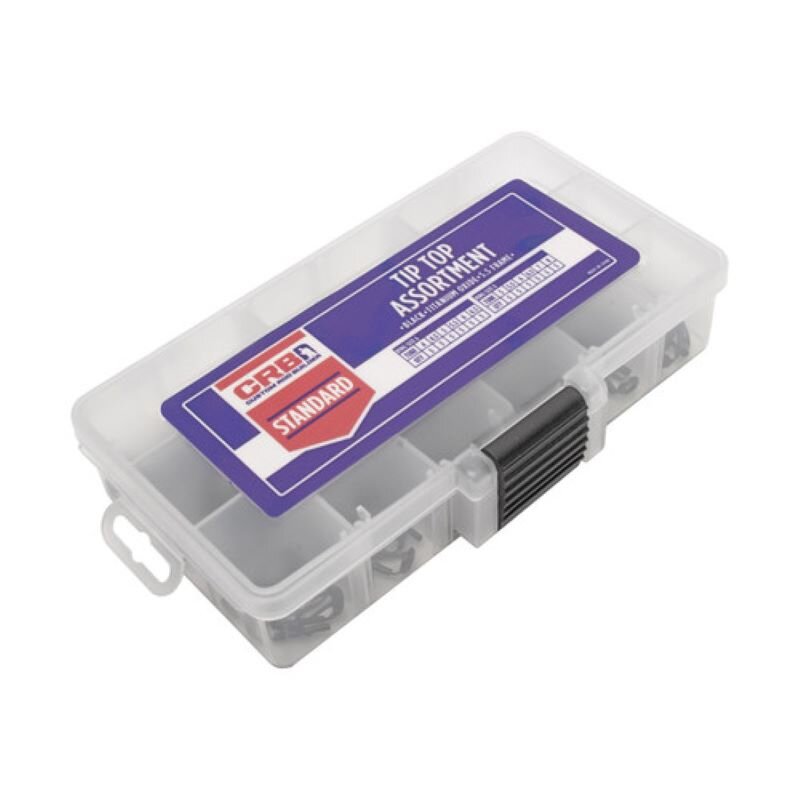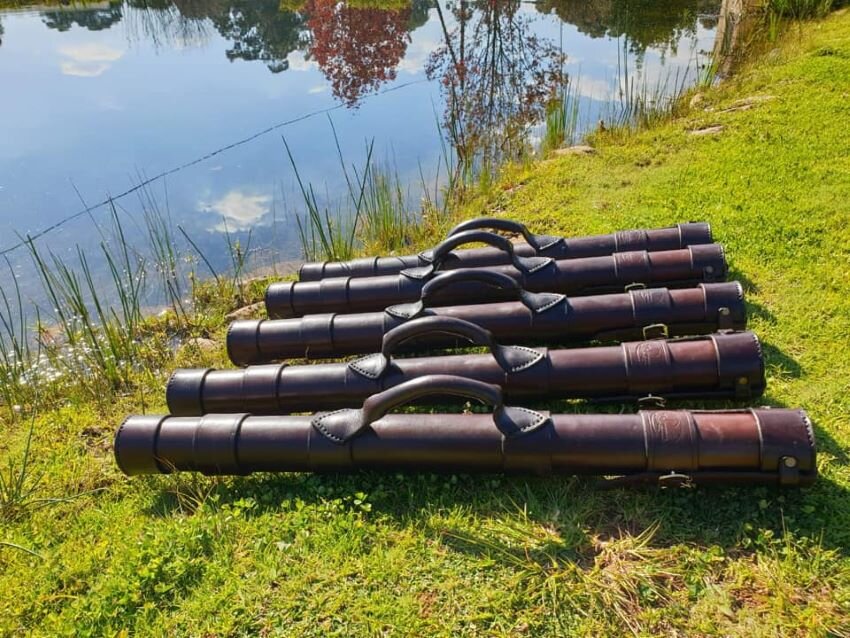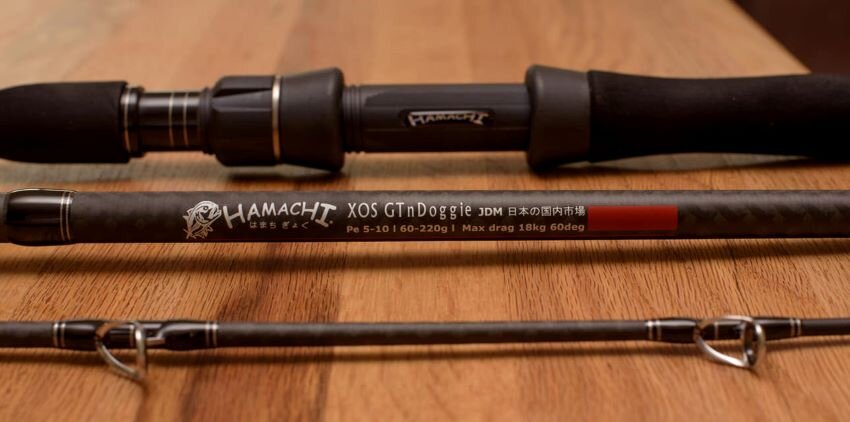Fixing Rod and Reel Travel Emergencies
Four years ago, I made a perfect cast down the side of a rocky El Salto point with a Strike King 10XD, reeled it down to max depth, felt it come across a tall rock and get absolutely hammered by a mean Mexican bass. I set the hook, and the line went limp. I’d been broken off.
I figured I had a nick in the line, or maybe came across something extra-sharp, but when I cast out again, the same thing happened.
I checked my line. No nicks or cuts. I looked at the rod and reel and couldn’t find anything, but when I tied on another crankbait and made a soft cast with it, the lure broke off not far from the knot. Luckily it floated and we went and got it back. Now I was closer to identifying the problem, and indeed it turned out that the ceramic edge of the tip top guide had a razor sharp burr on it. That’s where the line was getting damaged. I retired the rod for the rest of the day.
Fortunately, when I got back to the lodge at Anglers Inn, they had a large utility box full of various guides and tubes of the adhesive to replace it. I removed the old one, slapped on a bunch of glue, replaced the tip top and let it dry overnight. By the next morning, it was fully functional again.
It’s not pretty, but four years later it’s still effective and I’ve caught hundreds more bass on that rod – with long casts and hard hooksets part of the game – but thinking about it makes me realize how vulnerable when we are when we travel with tackle. Between the possibilities of loss and damage during travel, the rough boat rides, and the fights with brutal fish, your stuff is going to get tested, and in some cases parts will fail.
It’s up to you to respond to the failures that can be remedied.
One obvious solution is to bring two of everything you’ll need. That’s what I try to do in my bass boat (also known as a 20’ fiberglass tackle box) but it’s not so feasible in the jungles of Brazil or on the beaches of the Maldives. A next-best alternative is to bring spares of the items you’ll be using most, or perhaps something that has all-around value. On the latter point, if you’re headed bass fishing in Mexico and you’re not sure what the bite will be, maybe you don’t want to bring an extra flipping stick or cranking rod or topwater rod, but rather a 7-foot medium-heavy or heavy that will cover a lot of bases in a pinch.
If you’re in a group of anglers with weight or luggage restrictions, you can pool resources, and bring a spare for the group. Similarly, when it comes to goods for repairing tackle, you likely only need one reasonably-stocked kit for the group, unless you plan to damage lots of tackle and expect to all be working on it at the same time.
A lot of the potential for damage goes back to the travel itself. Between airlines, vehicles and boat rides, grit and moisture seem to get in everything. A little bit of time on the front end of the trip packing your gear securely will keep it clean. Nevertheless, problems do happen.
You’ll be surprised at how many basic short-term repairs you can make with the old standards – tape and glue. In my opinion electrical tape is better than duct tape in this venue, and even the high-tech stuff is relatively inexpensive. As for glue, I like Mend-It for my soft plastics, but you can also get away with simple super glue in liquid or gel. More than any particular brand, I just recommend that it be fresh – you don’t want to be surprised by adhesives that have been left in the garage or basement for years and are now evaporated or rock-solid. If allowed, you might also want to bring along some fast-setting epoxy, which will help you with a variety of repairs.
For your reels, you’ll want both oil and grease and you’ll want to know which parts get which lubricant. If you’re not sure, you can even carry the reel schematics along with you or download them to your phone for easy access.
You’ll also need proper tools, including mini-screwdrivers. One easy way to get it all is to buy a simple kit like this one from Abu-Garcia.
You can also put together a similar selection on your own. That may prove less expensive, but not nearly as easy.
For rods, short of breaking the rod in half, your most likely problem will be with guides. If your guide breaks, or the insert gets damaged or lost, you’re flirting with disaster if you hook a big fish. Don’t chance it, because a repair is relatively easy.
Most tackle stores, and all rod supply houses, should carry some sort of replacement kit. Make sure that you have the type of guides you’ll need, and an adequate supply of the necessary sizes, along with some sort of tough and weather-resistant adhesive. An assortment, like this one from Mud Hole, is a good option.
Here’s their video on how to repair a broken casting guide
Your install may not be as clean “on location,” but as long as its functional you should be ok until you get home. You can even run the thread through a thick book (like a telephone book – remember those?) to add tension.
You should also get an assortment of tip tops, the guide most likely (in my experience) to get damaged.
Here’s a good video from Mud Hole on how to change out a tip top.
I’m also a big fan of bringing a small supply of Winn-Grip material. It’ll temporarily cover damaged cork or EVA, looks good, and prevents other issues – for example, while ripping the hell out of big woodchoppers in the Amazon, we found that our shirts got stained black along the waistline from the “sweating” of the butt caps and no amount of washing could remove the damage. By replacing that with light-colored tape, we saved other clothing from the same fate.
Finally, take 15 minutes at the end of every day to take inventory of your gear and look for weak spots. If you’ve been fishing in saltwater, rinse everything off thoroughly with fresh water. Once that drag seizes up, or your line cuts across a sharp guide edge, and your line breaks, there’s nothing you can do to get that fish back.

